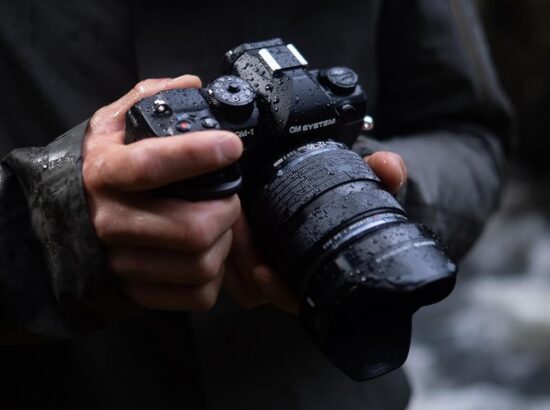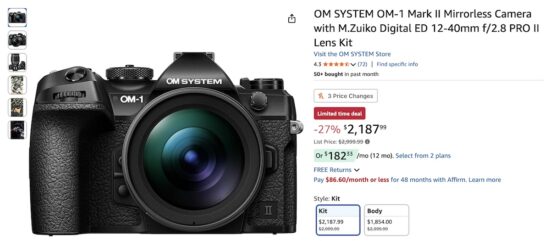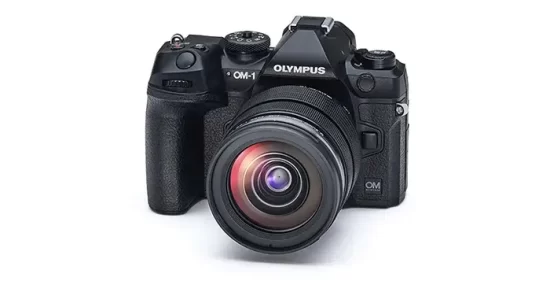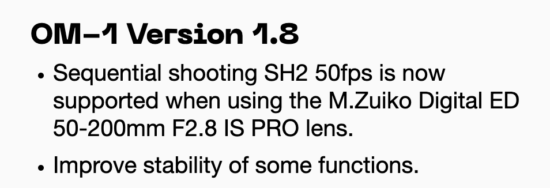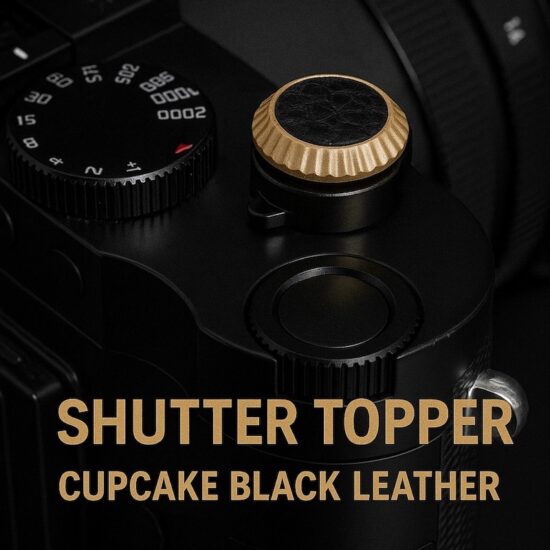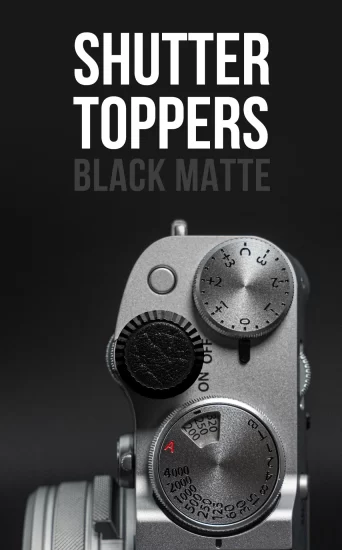New OM SYSTEM brand movie released:
Categories
- 3rd Party Lens
- Accessories
- Blackmagic Design
- Deals
- Financial results
- Flash
- human interest
- L-Mount
- Leica
- Memory Card
- Memory Cards
- MFT lenses
- Micro Four Thirds
- Olympus
- Olympus lenses
- OM SYSTEM
- Other MFT cameras
- Panasonic
- Panasonic lenses
- Patents
- Press releases
- Sandisk
- Sharp
- Sigma
- SIRUI
- Software
- Uncategorized
- Vi Vante
- Xiao
- Yongnuo
Archives
E-M1X EM1X Firmware Firmware Update gh7 Interview Leica Luminar Lumix LUMIX S1 LUMIX S1R Micro Four Thirds: what else is new? Olympus E-M1X Olympus EM1X Olympus Magazine Olympus OM-D E-M1 Mark II Olympus OM-D E-M1X Olympus OM-D EM1X Olympus OMD E-M1X Olympus OMD EM-1 Mark II Olympus OMD EM1X Olympus Pen F OMD E-M1X OMD EM1X OM SYSTEM OM3 digital MFT camera ON1 Panasonic Panasonic G9 Panasonic G80 Panasonic G85 Panasonic GH5 Panasonic GH5S Panasonic GH7 Panasonic GX85 Panasonic LUMIX S1 Panasonic LUMIX S1R Panasonic S1 Panasonic S1R Panasonic Lumix DC-G9 Photokina Photokina 2018 rebates Sigma Skylum What else is new?
